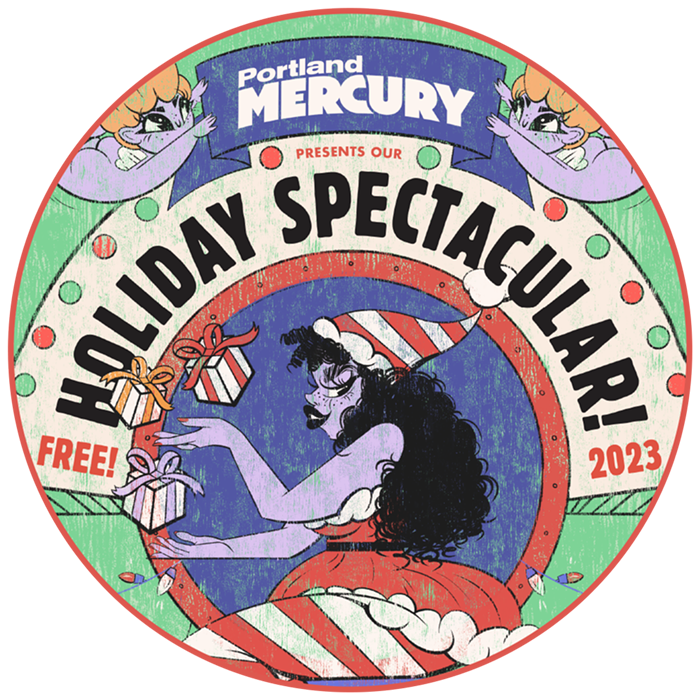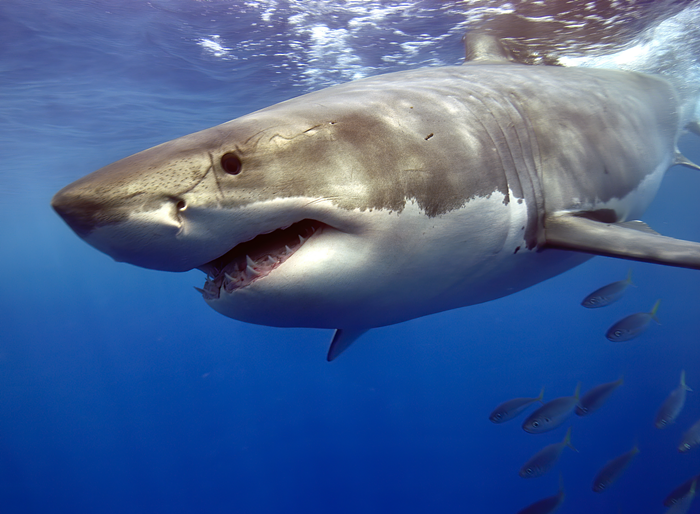
“People ask me all the time what my favorite beer is,” says Lisa Morrison. “I always tell them it’s my next one. You know, because there’s always that anticipation.”
I know what she means. We are perched side by side at the bar in the Green Dragon pub [928 SE 9th] staring down my sampler tray. For almost an hour now I’ve been intensely focused on my palate, picking apart ale and lager to find their essence, looking over at Morrison—Portland Beer Goddess and host of It's Beer o’ Clock on KXL AM750—to seek clarification and more information. It’s an honest to goodness beer tasting, and yet it sounds more like an interrogation. It’s as if I’ve captured the beer sneaking out of the de-militarized zone and I’m trying to make it confess something:
Well, well, well… So this is the Rogue Helles? German? I see, I see… Dark, isn’t it? Tell me, Helles, is that a floral aroma I’m getting? Is that mango I taste? Mango and blueberry? Mango and Blueberry on toast!? Is that toast flavor from the malt!? Who sent you!? What is your mission!? Answer me!
It’s my hope that as I gain confidence in tasting beer, my questioning inflection will change to resemble Morrison’s assured assessments. “I get bubble gum,” she says confidently, recalling the finishing notes of Fort George’s Spruce Lager. I sip. Yep, there it is, a hint of pink Double Bubble.
Morrison has been kind enough to agree to jump start my craft beer education. Today’s lesson is the difference between Ale and Lager.
Morrison lays it all out, nice and simple. Lagers are made with help from a slow, bottom-fermenting yeast that takes its sweet time eating up the sugar from malted barley, producing alcohol. It also likes to dine in cooler temperatures. I imagine these yeasts are like the large, slow, bearded gentlemen who prefer hanging at the Holiday Ale Fest. They’re just taking their time, enjoying the chilly weather. No rush. Due to the amount of time it takes for this yeast to do its thing, it needs to be stored away in a store room, or “lager” if you are German.
Lager yeasts tend to produce a beer that is “rounder” and “smoother.” It also tends to produce what Morrison referred to as a “similar family of flavors.” Lager styles include pilsners, helles, Bocks, and most other German styles.
Ale, I learn, is made from top-fermenting yeast that enjoys eating in ambient temperatures around 68 to 70 degrees. In a way, this yeast is like those bicyclists you see on the summery deck of your local pub, hanging out in their jerseys and eating a lot of food fairly quickly. They are speedy suckers and they live fast. No need to wait around, they have places to go.
The ale yeasts, Morrison explains to me, have a tendency to be fruitier with a wider variety of flavors. Ales encapsulate a large variety of styles—stouts, pales, porters, reds, Belgians, and many others—and are loved by craft brewers because there is less need for a huge amount of space for storing a slowly fermenting beer.
At least, that’s what I have in my notes. Feel free to correct me.
In order to get down to the bottom of the whole ale/lager question, we lined up samples. Representing the Lager side was the captured Rogue Helles, and Illuminator Dopplebock from Ft. George in Astoria. In for the ales we had Nit Wit wheat from Max’s Fanno Creek, Ninkasi’s Believer, and the Spruce from Ft. George.

After going through the three lagers, I think I have grasped more fully that certain quality that I’ve experienced in lagers throughout my life. It is a kind of roundness that is expressed in cheap domestics and craft brews alike, impossible to describe. But, what the hell? Why not try? It reminds me of building tunnels through hay bales stacked in a summer field, or the lazy lopping gate of a bum with one bad leg. I’d say it’s the quality of the freight train that likely injured that bum: It’s the smell of creosote and country weeds along the track and old steel and canvas sacks. It’s the calm hollow of air just behind the train as it parts the atmosphere. Awww hell… its stale Tang in a rickety space capsule… It’s… Um, indescribable.
I’m much better at pinning down the flavors in each beer, than I am at naming that hue that ties them all together.
The Ft. George spruce was pretty awesome. This is a hopless beer that uses pine tips as the flavoring agent. It’s quite a turbid beer, with a hazy yellow glow when held up to the sunshine. The aroma is what Morrison and I agreed to call “a good pine-sol,” smelling like the familiar cleaning agent if it had been diluted with sugar water.
I’ll apologize right now for emitting the slight scoff when the Green Dragon bartender said that it had “too much banana” for him. Sure enough, right out of the gate, the banana was large and in charge. Still, it was a bit piney, like a banana tree planted in a Cascadian old growth forest. A very dynamic beer, the flavor profile rolls along, finally finishing with that pink bubble gum. Morrison called it “summer in a glass.” I would concur.
Next up was that Rogue Helles. As I mentioned, it was a darker brew—likely from the malt, according to Morrison. There's a sweet/floral aroma to it, and in the mouth it comes on very slowly. This Helles shows very little of itself at first and then just opens up. Mango and blueberry on toast. Uh-huh. I’m told by Morrison that the toast quality is common from certain malts. Ah-ha! I think I’m beginning to get the hang of this.
Now onto the Fanno Creek Nit Wit, a very turbid little wit. Morrison looked a bit surprised when I sipped, nodded my head and said loudly, “Slim Jim!” But I couldn’t shake that flavor. It had a hint malty oily smoke with hues of baked apple. All of it combining to create an apple smoked sausage type of profile.
The Ft. George Illuminator dopplebock also had a bit of smoke to it, but Morrison suggested that the more ethereal smoke in this beer was likely the product of being aged in what we assumed were charred Jim Beam barrels. The aroma reminded me a lot of pop tarts: wheaty pastry with notes of fruit. On the palate, the pop-tart experience continued with a slick and sticky sweetness, a bit of sourness and a good amount of cherry on the tail end.
Unfortunately my notes end there. I was having such a good time hanging out with Morrison, anticipating the next beer, that I stopped writing. Which is probably exactly what you wish I’d do right now. And I’ll oblige.
One last thing. If you’d like to meet Lisa Morrison and have a great time for a good cause, head down to the Horse Brass [4534 SE Belmont] at 5 pm this Sunday for birthday party and benefit bash. Proceeds go to the Falconer foundation, sponsoring a scholarship fund to send new brewers to brewing school. Expect special brews, big announcements and Don Youngers’ butt (from what I understand). I’ll update the post once I get more info.
As always, if you have anything to add about any of the beers I’ve tasted, or want to clarify something stupid I might have written, leave a comment. I love hearing from you.












